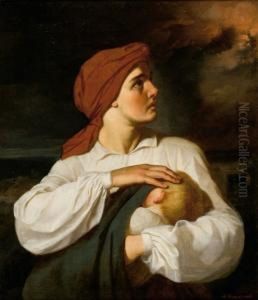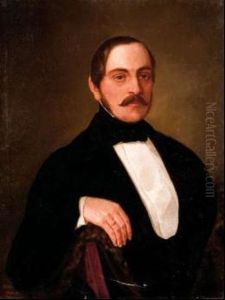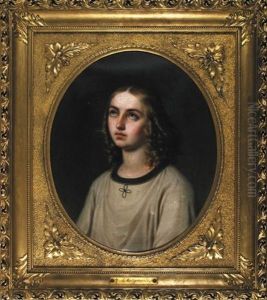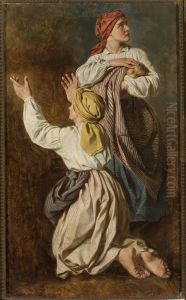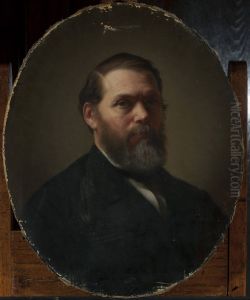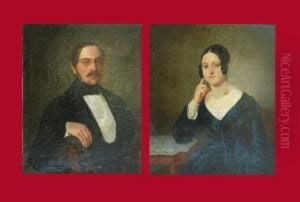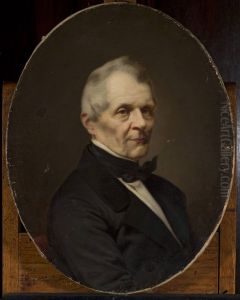Antoni Murzynowski Paintings
Antoni Murzynowski was a Polish painter, primarily known for his contributions to portrait painting and his involvement in the November Uprising of 1830. Born in 1807 in Warsaw, then part of the Duchy of Warsaw, Murzynowski grew up during a period of significant political unrest as Poland sought to regain its independence from foreign powers. He was educated in Warsaw, where he developed an early interest in the arts.
In the 1820s, Murzynowski began his formal training in painting. He studied under notable artists of the time and was influenced by the Polish Romantic movement, which was characterized by its emphasis on national identity and the celebration of Polish history and culture. His early works often depicted scenes from Polish history and folklore, as well as portraits of notable individuals within Polish society.
Murzynowski's life and career were dramatically impacted by the November Uprising of 1830, an armed rebellion against the Russian Empire's rule in Poland. He participated in the uprising, which ultimately failed and led to severe repercussions for many Poles, including artists and intellectuals. In the aftermath, Murzynowski, like many of his contemporaries, faced increased surveillance and censorship under Russian authorities.
Despite these challenges, Murzynowski continued to work and contribute to the arts in Poland. Throughout his career, he painted a number of significant portraits, capturing the likenesses of Polish nobility, intellectuals, and his fellow artists. His style was characterized by detailed realism and a strong sense of individual personality, which made his portraits highly sought after.
Murzynowski's contribution to Polish art extended beyond his own works. He was actively involved in the artistic community and sought to promote Polish art and culture during a period when national identity was under threat. His dedication to the portrayal of Polish subjects and his involvement in the November Uprising have earned him a place in Polish cultural history.
Antoni Murzynowski passed away in 1883, leaving behind a legacy of artwork that continues to be appreciated for its historical and cultural significance. His portraits remain a valuable record of Polish society in the 19th century and reflect the turbulent times in which he lived.
